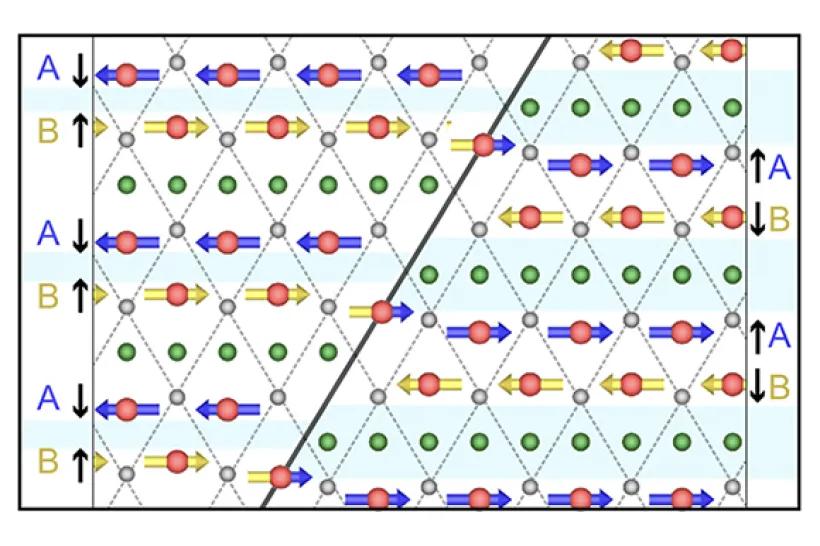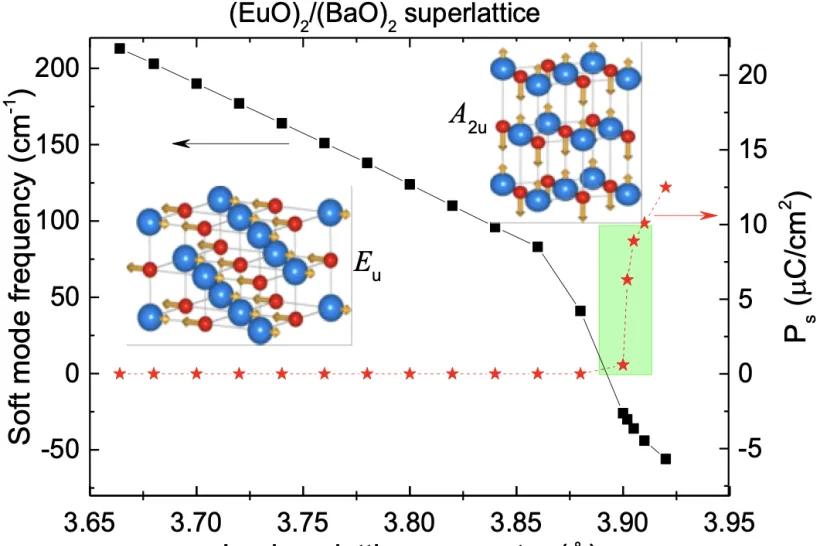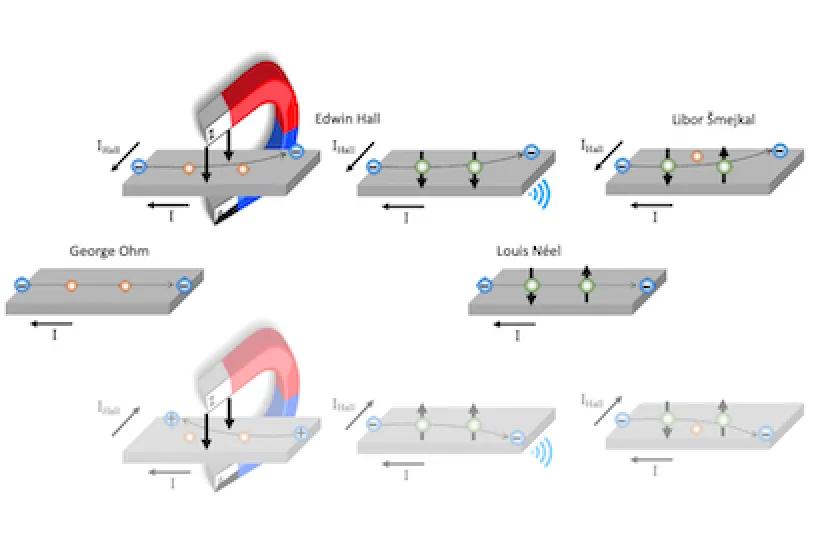When Spins Take the Stage: Libor Šmejkal's Triumph at the Falling Walls Award
"A scientific discovery has no merit unless it can be explained to a barmaid.” This quote by Nobel laureate Ernest Rutherford could be applied to the recent achievements of Libor Šmejkal. He was selected from hundreds of nominated scientists to be awarded the Breakthrough Scientific Discovery of the Year 2023 title in the Falling Walls competition for his theoretical work on altermagnetism and non-dissipative nanoelectronics. He was able to explain his discoveries to the general public by comparing a new form of magnetism to the dance of swans. His scientific career illustrates the importance of the role of teachers and mentors and symbolises a commitment to discovery and contribution to scientific knowledge.








